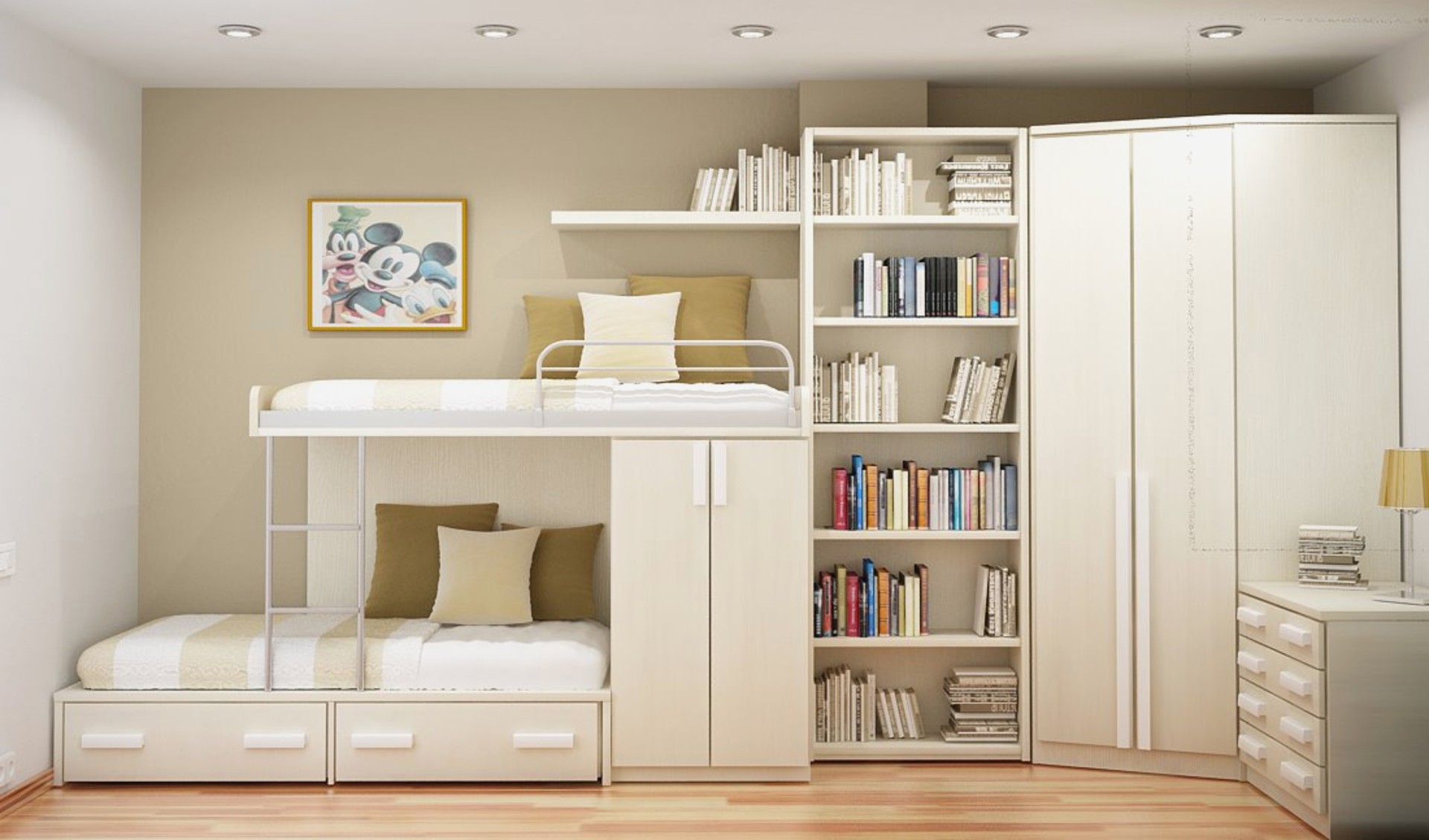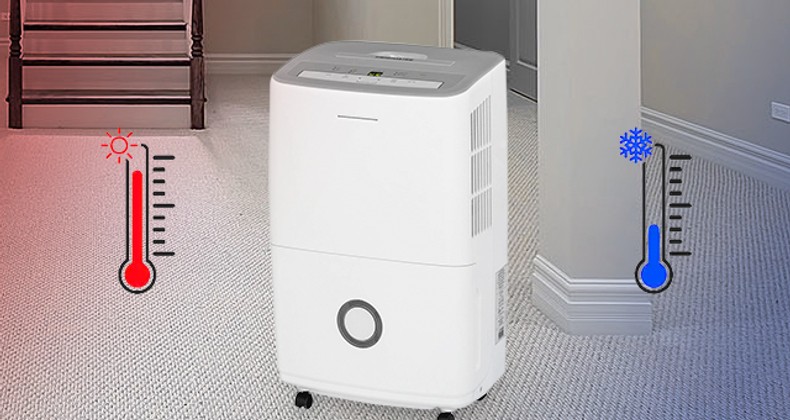
Like most people, you probably don’t think much about humidity until it’s too late—and your house is drenched in sweat. Not only is high humidity uncomfortable, but it can also lead to mould and other health problems.
So how do you choose the best dehumidifier for your home? Here are a few tips and information about dehumidifiers.
What Is a Dehumidifier and What Does It Do?
A dehumidifier is a device that removes moisture from the air. This can be useful in damp or humid environments, where high humidity levels can lead to condensation and mould growth. Dehumidifiers draw air from the room and pass it over a cold coil. As the air passes over the coil, the water in the air condenses and is collected in a tank. The dry, dehumidified air is then passed back into the room.
How Do You Know If You Need a Dehumidifier in Your Home?
If you’re unsure whether you need a dehumidifier in your home, there are a few signs to look out for. One of the most obvious signs is condensation on windows or other surfaces. If you notice that there is always condensation on your windows, even when it’s not particularly humid outside, then it’s likely that the humidity levels in your home are too high.
Another sign to look out for is musty odour. If you notice that your home has a damp or musty smell, this is another sign that the humidity levels are too high. Mould and mildew can also be a sign of high humidity levels. If you notice any mould or mildew in your home, getting a dehumidifier is an excellent idea to help prevent the problem from worsening.
Factors to Consider When Choosing a Dehumidifier
Now that you know how to tell if you need a dehumidifier in your home, it’s time to choose the right one. A few factors to consider when selecting a dehumidifier include the size of your home, the humidity level and your budget.
Size of the Room
One of the most important factors to consider when choosing a dehumidifier is the size of the room. Dehumidifiers are rated by how much moisture they can remove from the air in a given period. If you have a large room, you’ll need a dehumidifier with a high capacity. Conversely, if you have a small space, you’ll need a dehumidifier with a lower capacity.
Humidity Levels in Your Home
If the humidity levels are very high, you’ll need a dehumidifier with a higher capacity. Conversely, if the humidity levels are only slightly increased, you’ll need a dehumidifier with a lower capacity.
You can check the humidity levels in your home with a hygrometer. Hygrometers are available at most hardware stores and are relatively inexpensive.
Type of Dehumidifier
There are two main types of dehumidifier: desiccant and compressor. Desiccant dehumidifiers use an absorbent material to remove moisture from the air. These are usually smaller and more portable than compressor dehumidifiers, but they can be less effective in humid environments.
Compressor dehumidifiers use a refrigeration system to remove moisture from the air. These are more expensive than desiccant dehumidifiers, but they are more effective at removing humidity from the air.
Budget
Dehumidifiers range in price from around $100 to $1,000. The cost of a dehumidifier depends on the capacity, features and brand.
If you’re on a tight budget, you may want to consider a desiccant dehumidifier. These are usually less expensive than compressor dehumidifiers. You may want to consider a compressor dehumidifier if you have a larger budget. Compressor dehumidifiers are more costly but more effective at removing humidity from the air.
Noise Level
Dehumidifiers range in noise levels from around 40 decibels to 60 decibels. The noise level of a dehumidifier depends on the type and size of the unit.
You may not need to worry about the noise level if you have a small room. However, if you have a large room or are sensitive to noise, you may want to consider a dehumidifier with a low noise level.
Tips for Maintaining Your Dehumidifier and Getting the Most Out of It
Now that you know how to choose the right dehumidifier for your home, it’s time to learn how to maintain it. Proper maintenance is essential for keeping your dehumidifier running efficiently and preventing problems.
Here are a few tips for maintaining your dehumidifier:
1. Keep the filter clean.
The filter traps dust, dirt and other airborne particles. If the filter becomes clogged, it will reduce the efficiency of the dehumidifier and may cause damage to the unit. To clean the filter, remove it from the dehumidifier and wash it with soap and water. Let the dehumidifier filter air dry completely before putting it back in the dehumidifier.
2. Empty the water tank regularly.
The water tank collects moisture from the air. If you don’t empty the tank regularly, it will overflow and cause damage to the dehumidifier. To empty the water tank, simply remove it from the dehumidifier and pour the water into a sink or bathtub.
3. Keep the dehumidifier clean.
Dust and dirt can build up on the coils and other parts of the dehumidifier. This can reduce the efficiency of the unit and cause damage. To clean the dehumidifier, unplug it and wipe down the exterior with a damp cloth. Use a brush to clean the coils and other parts of the unit.
4. Store the dehumidifier properly.
When you’re not using the dehumidifier, it’s important to store it properly. If you live in an area with high humidity, keeping the dehumidifier in a cool, dry place is best. If you live in an area with low humidity, you can store the dehumidifier in a moisture-proof bag. This will help prevent the unit from rusting.
Takeaway
Now that you understand how a dehumidifier works, choosing the best one for your needs is essential. Consider the room size you want to dehumidify and how often and long you plan to use it daily. Keep in mind that noise levels and energy efficiency are also important factors when making your decision.
Have you decided which model is suitable for you?



